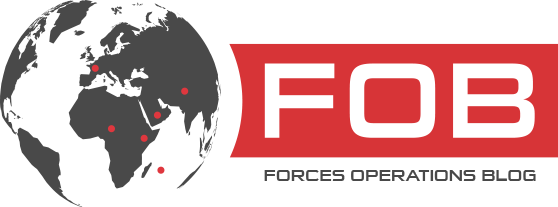Mali: The Tale of Two Fronts
Partager

The first front has proved to be successful and is advancing fast, very fast actually. The French army has shown that they have ensured the means to retake possession of the country through a rapid and massive deployment (4,000 soldiers, 600 vehicles, 280 armoured vehicles deployed in three weeks). It is now just about completed. The town of Tessalit, 500 km north-east of Gao and close to the Algerian border, has been under French control since the weekend following an aerborne operation undertaken by the Special Forces. From the 11th January to the 9th February resistance was weak due to the swift action which routed the insurgents. The primary objective of Operation Serval: Not to allow the jihadists time to take pause, recover and reorganise. This tactic has worked for a few weeks. However, an evolution in the situation has shown that a second front has opened up away from the northern advance; an internal front where the initiative seems to have temporarily slipped from France and her African allies.
Although the first front, the recapture in the north, has proved successful, the second front with its suicide attacks and the jihadist offensive of this last weekend in the Gao province is of a different nature. This is a phase of action against the acts of terrorists, an asymmetrical conflict of improvised mines (IEDs), bombing and hostile acts taking place far from the advancing French forces in the north. However, the targets of the insurgents, far from the French forces, are ‘softer’, less protected but nonetheless more destabilising in that they directly attack the Malian army and police whose strength underpins the success of the operation.
These terrorist acts should remain confined to the north for one simple reason; support (from at least part) of the local population is necessary for the jihadists, together with a geophysical terrain that is favourable to them probably with multiple ‘small’ arms caches scattered over this area.
This second front that is opening up is far more complicated to contain as there is a need to control the terrain. Whereas the success of the primary recapture phase mainly relied on the action of the Special Forces, this second front, scattered and unpredictable, requires a larger military ground force. Here it is the regular army units on the front line, reinforced by the African armies, and despite the constraints, that are required to occupy and hold the ‘Niger Loop’ and its two support points; Gao and Timbuktu. The question remains, will they be enough?
Concerning the first front in the north, the French should continue their assault on any lurking forces. They will need to track down the enemy concealed in inhospitable terrain, an area the insurgents know only too well. Not an easy task, but not an impossible one either. The means of obtaining information are there, through the human forces, the 13th RDP parachute regiment who hold the primary mission. There is however a limit; the Special Forces who bear the weight of the military engagement (we refer to no less than three 400 Special Force armies) could falter. Heavily used in this campaign they have been remarkable but there is a limit, their low numbers do not allow relief forces…. They will find the situation difficult to hold over a long period of time.
And yet, they play a vital role relative to the information necessary for air strikes. As the ‘planned’ targets have already been more or less completely destroyed (arms caches, command centre, training camps…) only ‘targets of opportunity’ remain possible such as jihadist gatherings and reserves.
The army now possesses heavy equipment on the terrain; a company of VBCI has been deployed of major firepower with a squadron of AMX10R (fitted with 105mm cannons) as well as artillery. Integrated into an S/GTIA via the Niamey road, two automatic 155mm Caesar cannons are now based in Gao. Offering a reach of 40 km and high mobility these are now the most reactive means for attacking targets of opportunity.

